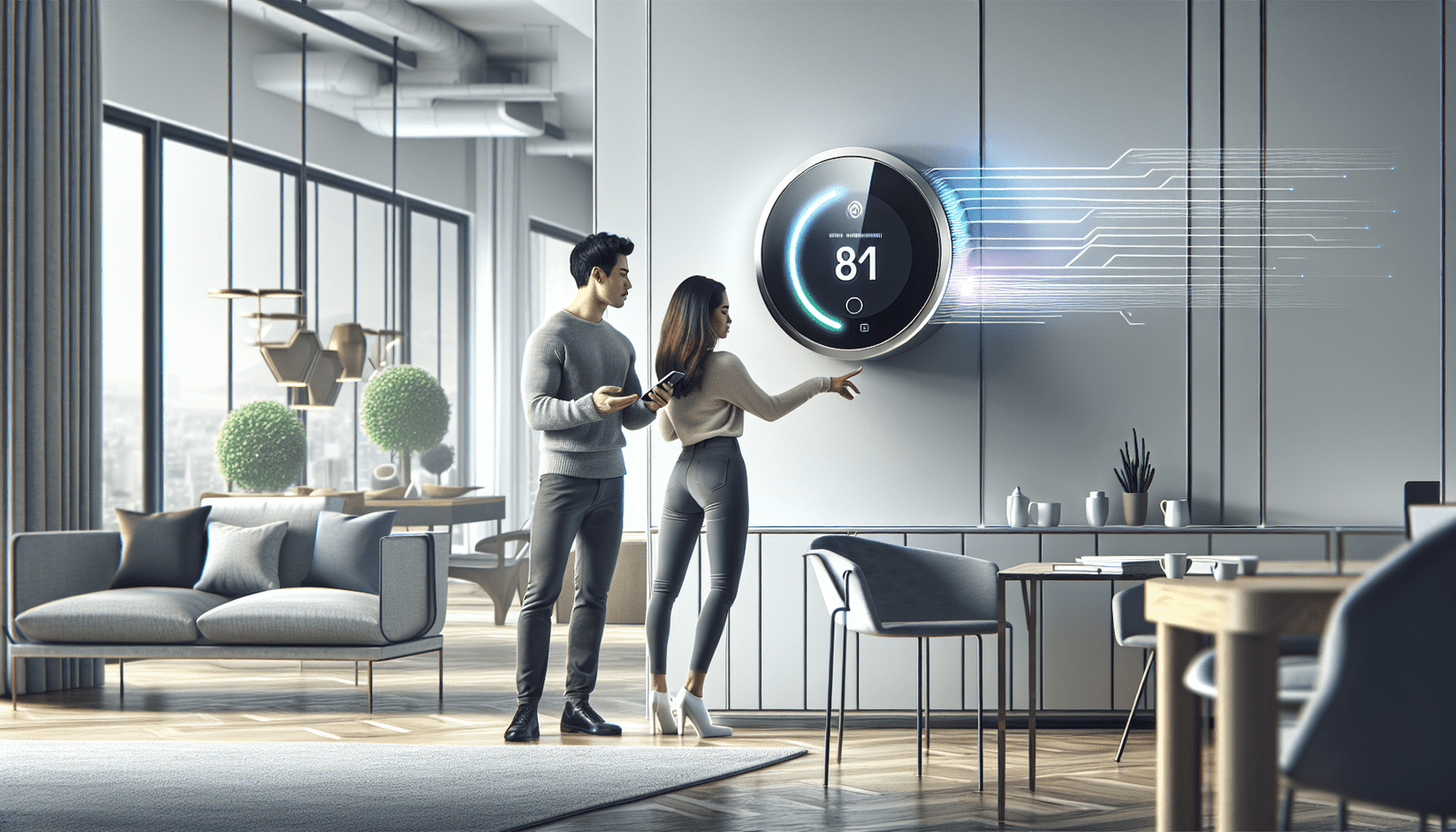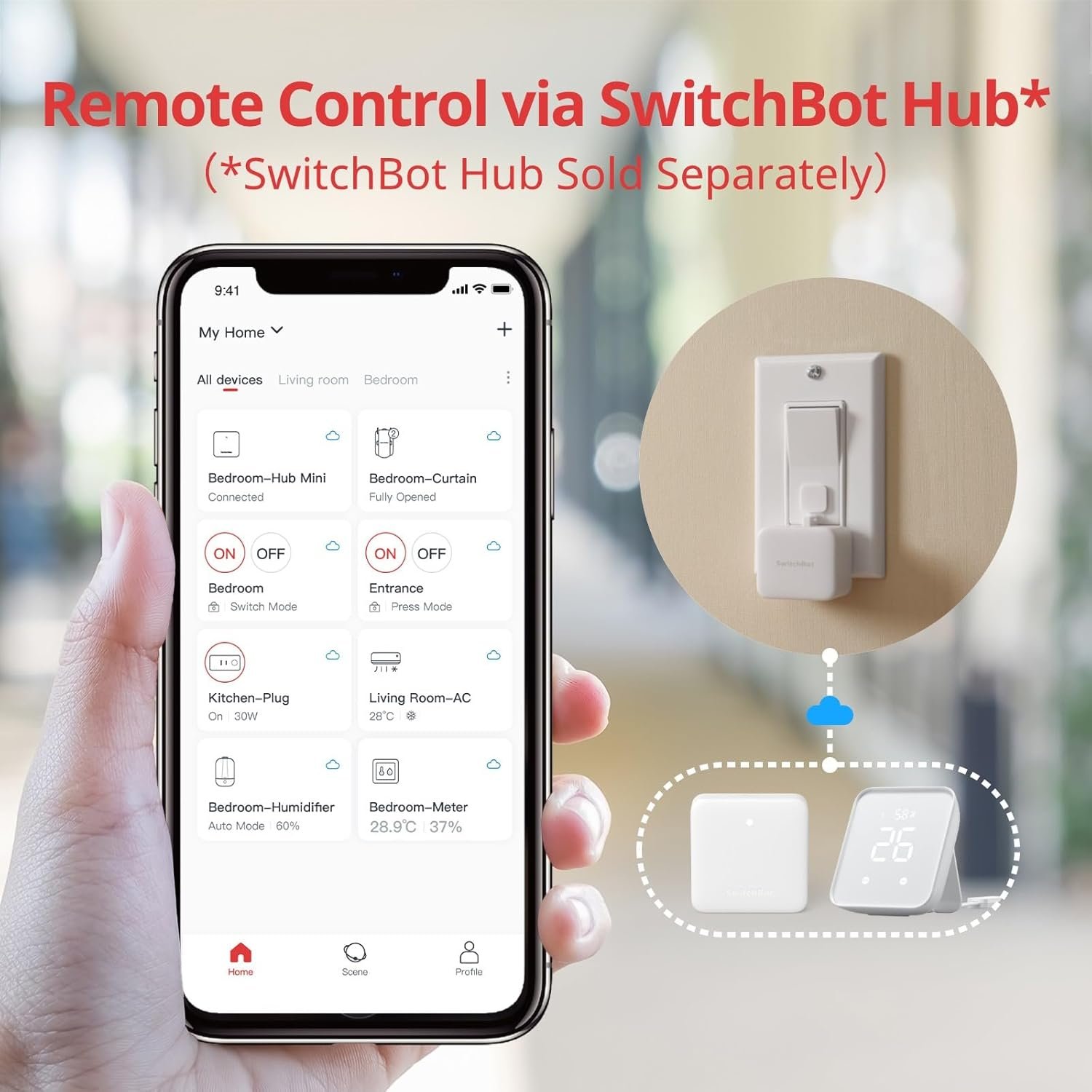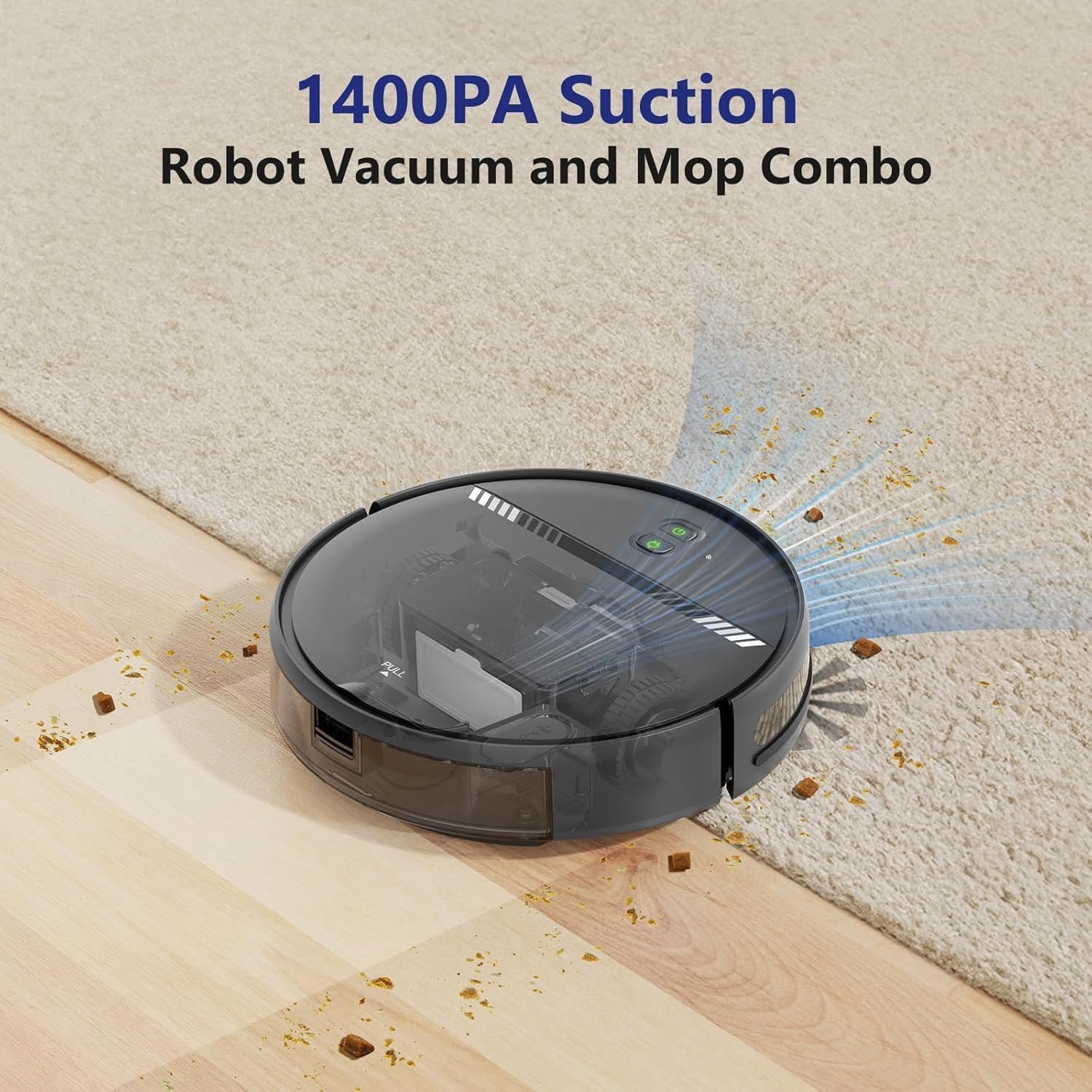Have you ever wondered if the buzz surrounding smart homes is truly justified? With technology playing a central role in nearly every aspect of our lives, the concept of turning our living spaces into intelligent environments has become increasingly appealing. As we delve deeper into the world of smart homes, you’ll gain a comprehensive understanding of whether they are a fleeting trend or a lasting change in how we interact with our homes.
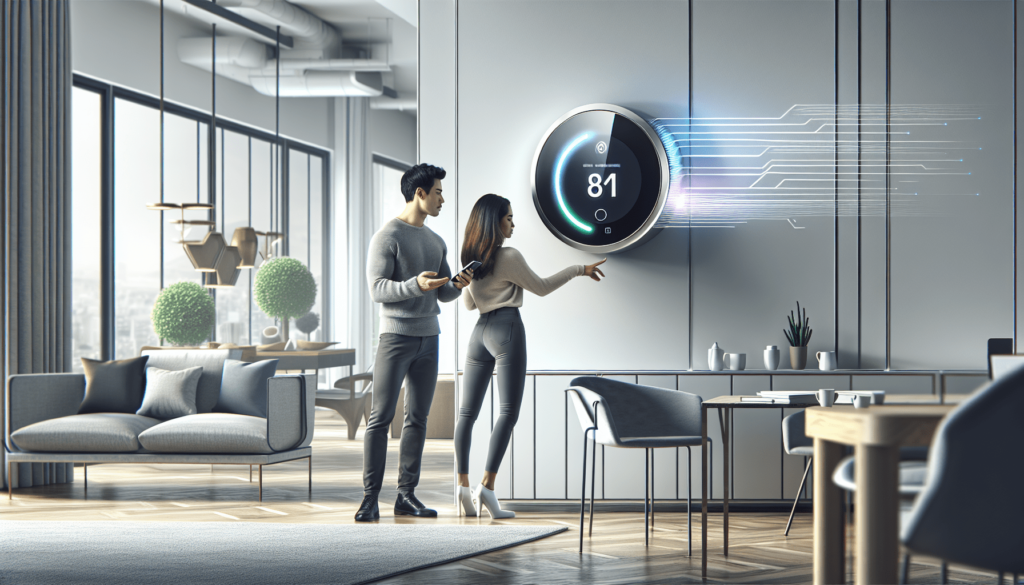
What Are Smart Homes?
At the core, a smart home involves a range of devices that automate tasks typically handled by people. These are controlled remotely via a smartphone, tablet, or computer. From adjusting your home’s temperature to controlling your lights, smart home devices offer a world of convenience at your fingertips.
Smart Home Devices: The Essentials
Whether you’re a tech enthusiast or a casual user, understanding the basic types of smart home devices can help you make informed decisions:
-
Smart Speakers and Voice Assistants: Devices like Amazon Echo and Google Home act as hubs for controlling other smart devices and help execute tasks via voice commands.
-
Smart Lighting: Systems such as Philips Hue allow you to control lighting intensity and color remotely, contributing to both energy efficiency and mood setting.
-
Smart Thermostats: Innovative thermostats like the Nest Learning Thermostat adjust temperatures based on your habits, optimizing energy consumption.
-
Smart Security Systems: These include smart locks, video doorbells, and security cameras, enhancing home safety through real-time alerts and remote monitoring.
The Growing Demand for Smart Homes
In recent years, the demand for smart homes has seen a significant rise, largely driven by a mix of technological advancements and lifestyle shifts. Let’s explore the key factors contributing to this demand.
Convenience and Efficiency
The allure of smart homes is often rooted in their promise of enhanced convenience and time-saving capabilities. Imagine starting your morning with an automated coffee maker or having the ability to turn off your lights and lock all your doors with a single command.
Energy Efficiency
Smart home devices contribute significantly to energy savings by optimizing appliance use, such as adjusting your thermostat when you’re not at home to save on heating or cooling costs. This not only reduces your utility bills but also promotes a more sustainable lifestyle.
Security Concerns
With heightened awareness around home security, many are turning towards smart security systems for peace of mind. Real-time alerts and remote access to security cameras make it easier to monitor your home, irrespective of your location.
Customization and Control
Smart homes offer unprecedented levels of control, giving you the ability to customize your home environment to better suit personal preferences, whether it’s adjusting the level of ambient lighting or managing the quality of indoor air.
Are Smart Homes Worth the Investment?
Investing in smart home technology comes with both upfront costs and long-term benefits. Let’s weigh the financial aspects:
Initial Investment vs. Long-term Savings
The initial expenditure required to transform your home into a smart hub can be significant. However, the potential for long-term savings, especially in energy costs, can offset initial expenses. For instance, smart thermostats can reduce heating bills by learning your schedule and only operating when necessary.
Return on Investment
The impact of smart home devices on property value is increasingly clear, with homes equipped with smart technology often appealing more to buyers. Real estate investors may find smart upgrades to be a worthwhile strategy to enhance property appeal and value.
Comparing Costs and Benefits
| Smart Device | Initial Cost Range | Potential Savings |
|---|---|---|
| Smart Thermostat | $100 – $250 | Up to 15% on heating and cooling costs annually |
| Smart Lighting | $50 – $200 (per kit) | Energy savings and extended bulb lifespan |
| Smart Security System | $200 – $800 | Home insurance discounts and reduced theft risk |
| Smart Speakers | $30 – $150 | Enhances value via integration with other smart devices |
Integration and Setup Challenges
Navigating the integration and setup of smart home devices can be daunting, but with the right guidance, it’s entirely manageable.
Practical Setup Guides
Here’s a step-by-step guide to setting up a basic smart home environment:
-
Choose a Central Hub: Whether it’s Google Home or Amazon Echo, select a hub that suits your existing devices and preferences.
-
Select Compatible Devices: Not all smart devices are compatible with every hub, so ensure your chosen devices can seamlessly integrate with your central system.
-
Install and Configure: Follow manufacturer instructions to install devices, configure them to your home network, and customize settings for optimal performance.
-
Automate and Optimize: Use apps or voice commands to set schedules and automate tasks, like turning off lights when a room is vacant.
Compatibility and Connectivity Issues
When integrating smart devices, it’s important to consider compatibility across platforms and connectivity options. Most smart devices operate over Wi-Fi, while others may use Bluetooth or proprietary wireless protocols.
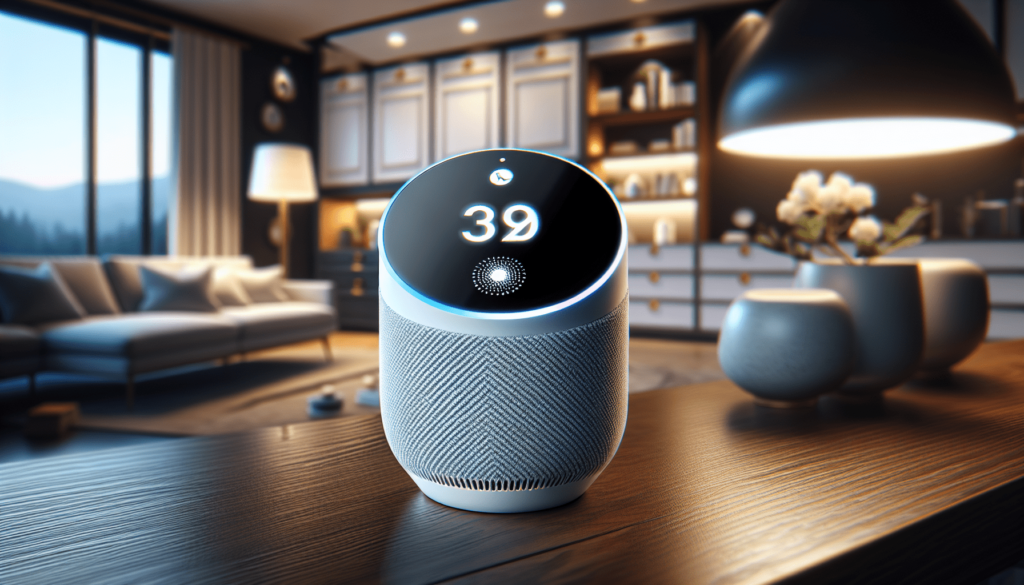
Security and Privacy Considerations
Despite their advantages, smart homes come with concerns around privacy and security. It’s vital to address these when integrating smart technology into your home.
Protecting Your Data
To safeguard your privacy, ensure that smart devices are secured with strong, unique passwords. Regularly update devices with the latest firmware and be cautious about the data-sharing policies of device manufacturers.
Understanding Potential Risks
Smart homes can be vulnerable to cyber-attacks, making it essential for users to adopt best practices such as employing firewalls, securing wireless networks, and being mindful of which devices have access to personal data.
Future Trends and Innovations
As technology evolves, smart homes are expected to become even more integrated and intuitive.
Innovative Trends in Smart Home Technology
Emerging trends include advances in artificial intelligence, which can further streamline home automation and introduce more predictive functionalities in devices.
Preparing for Future Integration
To future-proof your smart home, consider investing in devices with open standards and compatibility to easily adapt to advancements without extensive overhauls.
Conclusion: Is A Smart Home Right For You?
Determining whether a smart home aligns with your needs and lifestyle is a personal decision, dependent on factors such as budget, personal values around convenience, energy efficiency goals, and security concerns. As home automation technology continues to advance, the possibilities for smart homes are seemingly endless, offering compelling benefits for those who choose to embrace them. With this comprehensive understanding, you’re better prepared to make an informed decision that suits your unique situation.
